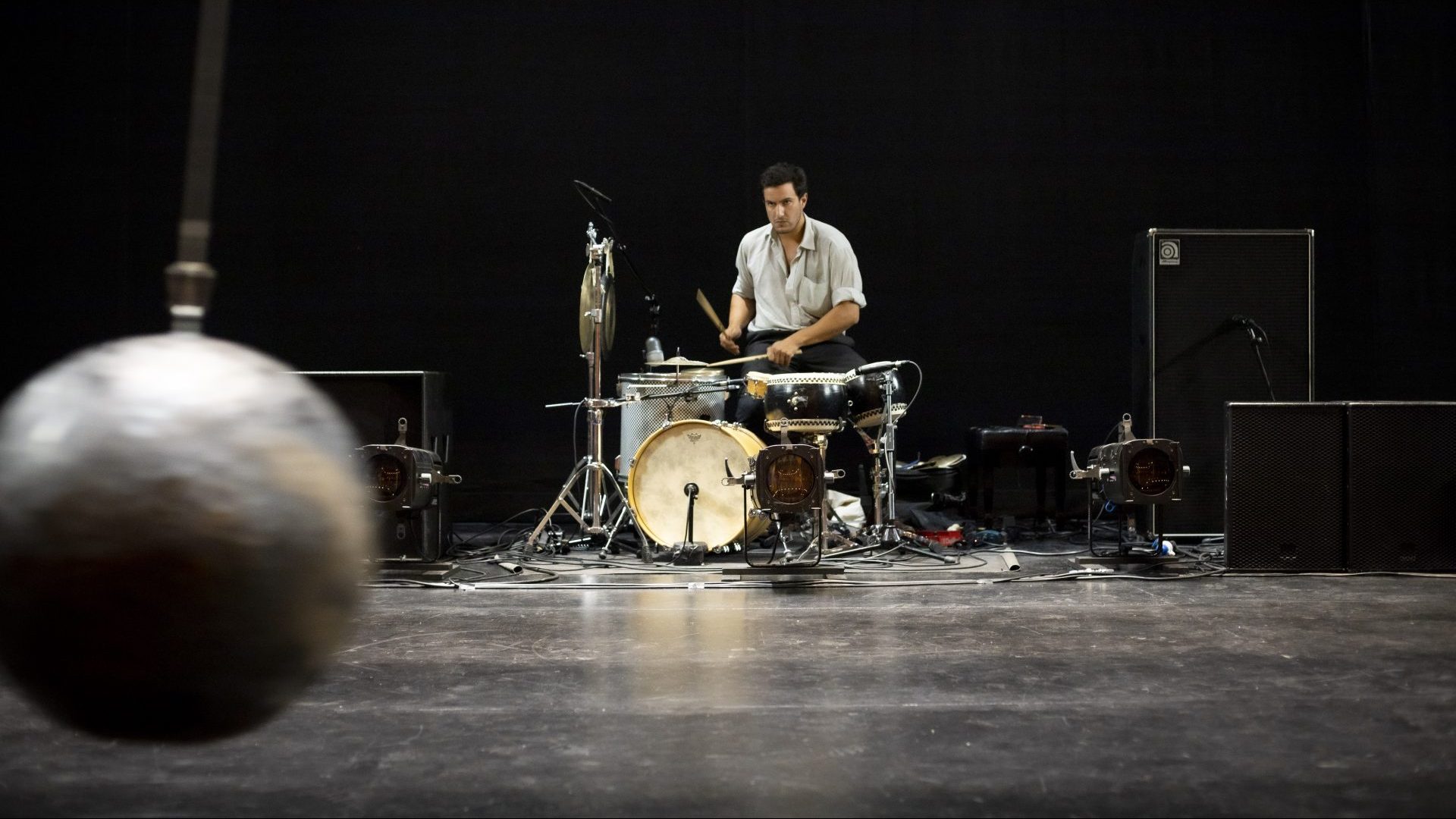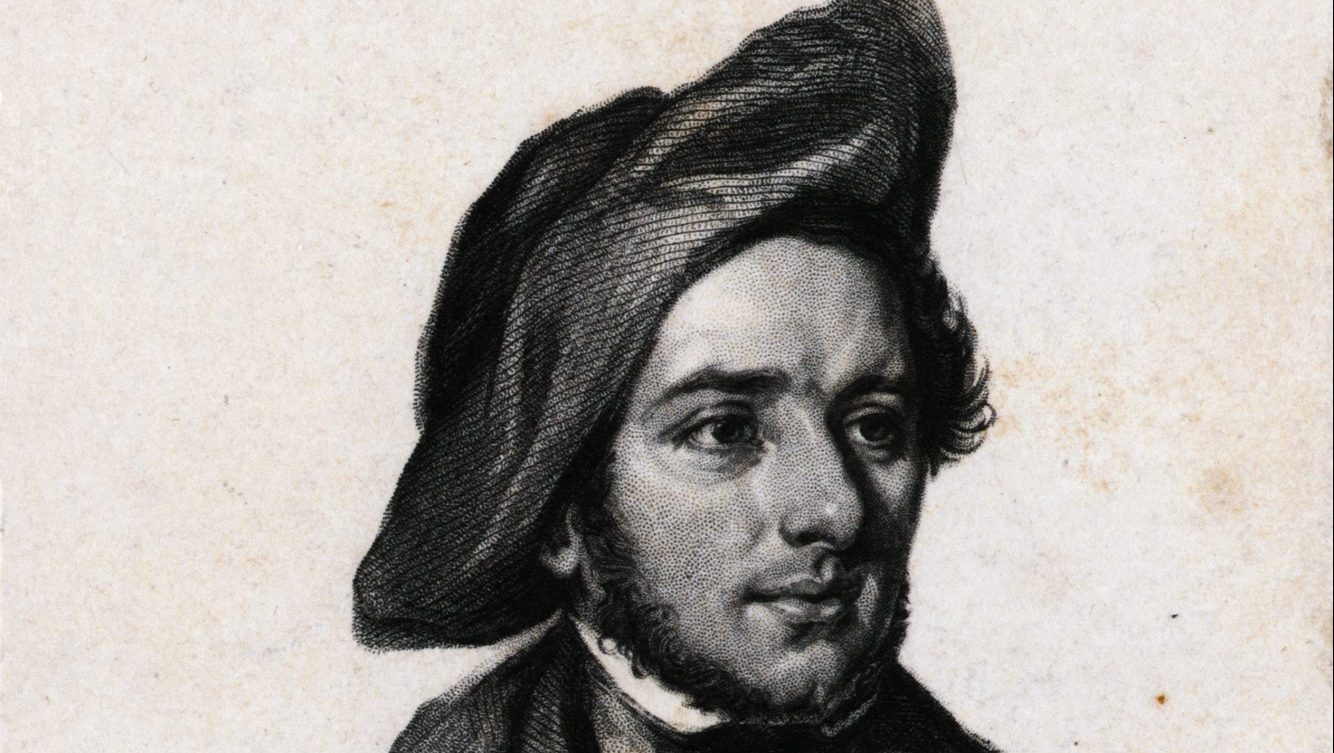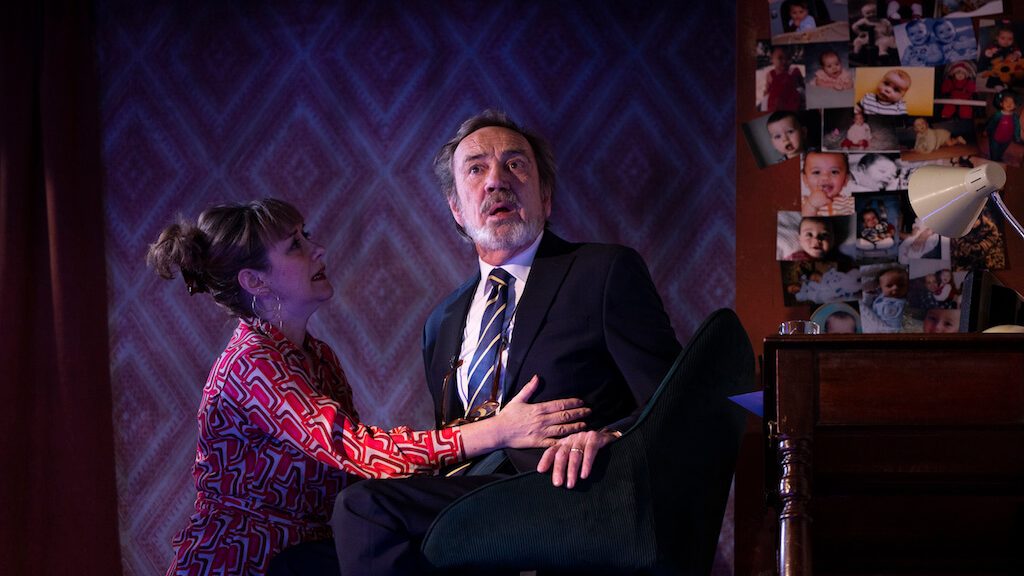Prehistoric man was not purely preoccupied with where his next meal was coming from nor, indeed, avoiding becoming an apex predator’s lunch. He had a rich inner life. Rebirth was an obsession, for obvious reasons, and cave people could be found not just making fertility idols, but taking mind-altering substances and playing rudimentary musical instruments of their own manufacture to enhance their exploration of existence and their place in it.
Perhaps this is why the debut album from Gabriel Ferrandini – a drum-centric journey into the self and a search for rebirth, inspired by the effects of alcohol – sounds so atavistic. Ferrandini is a US-born percussionist
of Portuguese, Mozambican, Brazilian and Italian descent and a key figure on the Lisbon free jazz scene as a past member of both the RED Trio and
Rodrigo Amado Motion Trio, both based in the Portuguese capital.
Collaboration has been central to his work – an improvised performance with Sonic Youth’s Thurston Moore at Lisbon cultural institution Galeria Zé
dos Bois in 2012 was a career high point, but with Hair of the Dog – his first solo LP – we find both a far less daunting proposition than Ferrandini’s anarchic free jazz work (an undeniably acquired taste) and him fully exploiting the opportunity to make an intensely personal work which, with
its sounds redolent of the mysteries and echoes of cave dwellings, also seems to hark back to the concerns of early man.
“This solo record is Gabe’s solo expedition of his inner psycho-geographical landscape,” Ferrandini’s sometime collaborator, LA-based musician Alex Zhang Hungtai, has remarked of Hair of the Dog, and Ferrandini has explained: “The whole record was made in a particularly difficult moment in my life… Going from the depths of despair to the peaks of exaltation – it’s hard to know which comes first. These cycles are hard to break when you are lost. Alcohol both helps and makes it more complicated. Hair of the dog: to drink to kill the hangover. Where and what really is rebirth?”
On the opening movement, Anjo Solidão (Solitary Angel), a minutes-long shimmering ambient drone cedes to Ferrandini’s drums, which seem to take on the quality of a personality recounting a story. “The main aim was to find a way that the drums are not only a rhythmical instrument – to give them a melodic voice,” Ferrandini has commented. “My challenge was to see how the narrative can be told, not only through rhythm, but emotionally, too.” In channelling the sort of staccato, expressive percussion used in Japanese Kabuki and Noh theatre on this track, he has thoroughly met that challenge.
While that opening track expresses Ferrandini’s sense of aloneness, the
unnerving and increasingly frantic second movement Naifa Diabos (Devil’s Knife) sees him find another “angel” and hunt down the devil. Appropriately enough, given this violent theme, the movement incorporates works for brass by the Italian aristocratic composer of the Renaissance Carlo Gesualdo, notorious for having murdered his wife and her lover. Put through the hands of Pedro Tavares, aka Funcionário, of ambient electronics duo Império Pacífico (another Lisboner whose recently released solo album Lisbon Dreams was inspired by his commute from the city of Setúbal into the capital as a student), this brass takes on sinister overtones.
The 20-minute-long third movement, Beginnings, is aptly named, moving from an ominous darkness expressed by Ferrandini’s drums and Tavares’s eerie processing of sounds into a heavenly, freeing ambience. Here the only steady beat of the whole work gives a sense of moving up and on. As with the rest of the album, silence plays a powerful role, the seconds of no sound at all carrying astonishing weight.
The drum is the elementary instrument – among the few complete prehistoric instruments to have been discovered are the astonishing more
than 20,000-year-old set of mammoth shoulder blades and jawbones striped
with red ochre found in Mezyn, Chernihiv Oblast, Ukraine, which made up a prehistoric drum kit. Hair of the Dog captures something of our primitive selves who looked for expression of our hopes, desires and search for new beginnings through the sound of a beat.
GABRIEL FERRANDINI IN FIVE SONGS
The Flame Alphabet (2013)
The eponymous track from the Lisbon-based Rodrigo Amado Motion Trio’s 2013 album is a sparse canvas of freely improvised sax stabs and Ferrandini’s clamouring drums.
Track 1.1 (2016)
After working with John Butcher on their second album Empire (2011), Ferrandini’s RED Trio again collaborated with the saxophonist on LP Summer Skyshift. This opening track found them indulging in full-blooded, deeply dissonant free jazz.
Âncora One (2016)
A collaboration between CanadianTaiwanese musician Alex Zhang Hungtai, Portuguese cellist David Maranha, and Ferrandini, this first movement of the LP Âncora has some of the psychedelic, trance-like and drone qualities also found on Ferrandini’s solo debut, Hair of the Dog.
Rua Nova da Piedade (2019)
This track opened the LP Volúpias, which was the result of Ferrandini’s
artist’s residency at Lisbon arts organisation Galeria Zé dos Bois (ZDB). Each track is named after a Lisbon street that leads from Ferrandini’s home to his studio and ZDB.
Anjo Solidão (2022)
The first of the three movements from Hair of the Dog, Solitary Angel presents a beatific landscape of experimental drone sounds that gives way to Ferrandini’s expressive drums.




